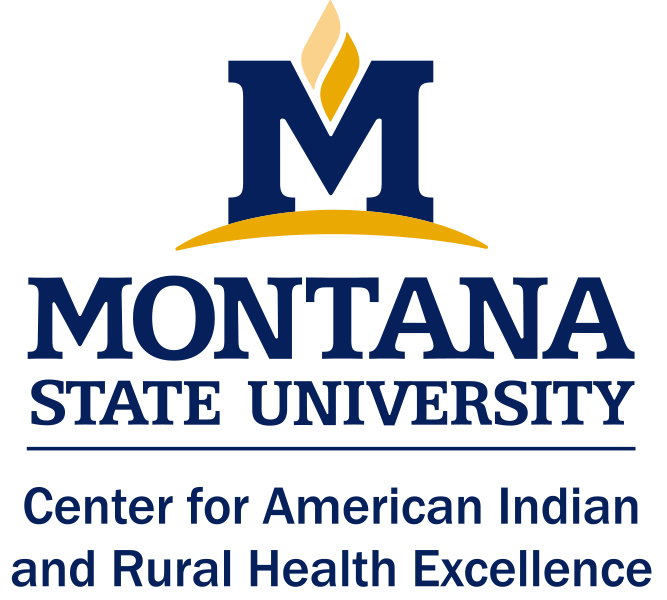Substance Use and Driving Among Rural Young Adults
2015–2018



Project Leader Kaylin Greene, Ph.D.
MSU Department of Sociology and Anthropology
kaylin.greene@montana.edu
Alcohol and rural Montana are a deadly mix. The state’s high rates of drinking, binge drinking, driving after drinking, and alcohol-related car accidents rank consistently among the nation’s worst. Studies show that young adults binge-drink more frequently than older adults and drive more after drinking—problems that could be exacerbated in a rural setting, where youth may feel there’s little else to do.
As a multi-year pilot study, Substance Use and Driving Among Rural Young Adults sought to better understand the reasons for alcohol use and driving after drinking among young adults (aged 18-25) in Montana. This unique project examined how young people think about drinking and driving; how they decide to drink and drive; why they are motivated to drink and drive; and how the rural setting plays into these dangerous decisions—research questions that are understudied, particularly in Montana.
Dr. Greene continues her work in this area, including plans for a larger quantitative study using an intensive measurement burst methodology to examine alcohol use and alcohol-related behaviors among young adults in Montana. Her CAIRHE project work continues to generate published results and dissemination to rural communities, such as the report Drinking and Driving in the Big Sky State: Key Insights from Young Adults (click on the image below to view). These efforts will directly inform community-led interventions and policy strategies aimed at reducing driving after drinking.

Related Publications and Presentations (Selected)
Greene, K. M. (2018). Perceptions of driving after marijuana use compared to alcohol use among rural American young adults. Drug and Alcohol Review. 37(5): 637-644.
Rossheim, M. E., Greene, K. M., & Stephenson, C. J. (2018). Activities and situations when young adults drive drunk in rural Montana. American Journal of Health Behavior 42(3): 27-36.
Greene, K. M., Murphy, S. T., & Rossheim, M. E. (2018). Context and culture: Reasons young adults drink and drive in rural America. Presentation at the Annual Meeting of the American Sociological Association, Philadelphia, PA.
Greene, K. M., Murphy, S. T., & Rossheim, M. E. (2018). "You always have to drive”: Motivations for drinking and driving among rural young adults. Poster presentation at the Biennial Meeting of the Society for Research on Adolescence, Minneapolis, MN.
Greene, K. M., & Maggs, J. L. (2017). Academic time during college: Associations with mood, tiredness, and binge drinking across days and semesters. Journal of Adolescence. 56: 24-33.
Greene, K. M. (2016). “Nothing else to do": Situational predictors of driving after drinking in rural areas. Presentation at the Annual Meeting of the American Society of Criminology Meeting, New Orleans, LA.
Greene, K. M., Britton, S., & Riley, K. (2016). D.U. High: Perspectives on marijuana use and driving in rural areas. Poster presentation at the Biennial Meeting of the Society for Research on Adolescence, Baltimore, MD.
Greene, K. M., Eitle, T. M., & Eitle, D. (2014). Adult social roles and alcohol use among American Indians. Addictive Behaviors, 39(9), 1357–1360.
Staff, J., Greene, K. M., Maggs, J. L., & Schoon, I. (2014). Family transitions and changes in drinking from adolescence through midlife. Addiction, 109(2), 227–236.
Patrick, M. E., Maggs, J. L., Greene, K. M., Morgan, N. R., & Schulenberg, J. E. (2014). The link between mother’s and adolescent’s substance use: Intergenerational findings from the British Cohort Study. Longitudinal and Life Course Studies, 5(1), 56–63.
Investigator Spotlight
Dr. Greene is no stranger to research on alcohol use. As a postdoctoral researcher, she collaborated on an NIH grant (with MSU’s David and Tami Eitle) studying substance use and HIV risk behaviors in American Indian populations. Montana’s high rates of alcohol use and alcohol-related crashes made her wonder what underlying causes might be at work—the basis for her continuing research. “All of those things made me interested in alcohol use in the rural context, and especially thinking about drinking and driving,” she said, “which is something that I’ve never really looked at before.”
The depth of the problem became apparent during her project’s focus groups, when she asked participants what friends, parents, and community members can do to protect people from the dangers of drinking and driving. “Right now,” she said, “people just generally say, ‘I don’t know.’”

